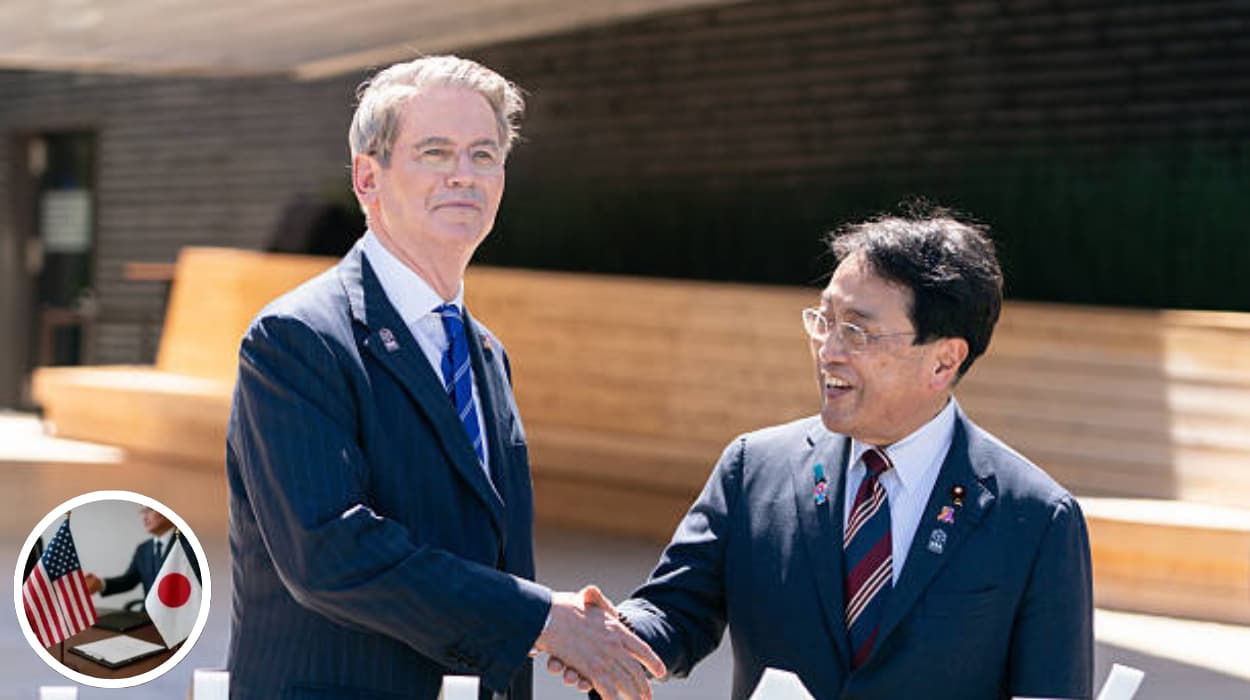Summary
- The recent U.S.-Japan trade deal involves $550 billion with many details unspecified.
- Critics say the deal lacks transparency and clear rules.
- The broad agreement raises questions about tariffs, quotas, and regulations.
- Economists find it hard to assess the deal’s full impact without more clarity.
- Missing detailed terms may cause future disputes and hinder implementation.
- Officials from both countries have not answered many key questions about the deal.
A newly unveiled trade agreement between the United States and Japan has ignited a firestorm of questions, with an estimated $550 billion in its economic scope remaining shrouded in ambiguity. The broad strokes of the deal, intended to foster deeper economic ties, have instead prompted significant concerns among trade experts, industry leaders, and policymakers on both sides of the Pacific, who are grappling with a profound lack of specificity in key provisions.
What are the main concerns surrounding the U.S.-Japan trade agreement?
The primary concern revolves around the massive financial figure of $550 billion that is reportedly part of the agreement, yet lacks detailed explanations for its allocation or implications. As reported by numerous outlets, including The Wall Street Journal, the agreement outlines general principles but conspicuously omits the granular details typically found in such monumental trade pacts. This absence of specifics makes it exceedingly difficult for businesses to plan, invest, and adapt to the new trade landscape.
Economists are particularly vexed by the lack of clarity. As economist Dr. Anya Sharma of the International Trade Institute stated, "Without knowing the precise tariffs, quotas, and non-tariff barriers that apply to specific goods and services, it's a colossal challenge to forecast market shifts or advise businesses effectively" . This sentiment is echoed by numerous other financial analysts who emphasize the need for transparency in agreements of this magnitude.
How does the lack of detail impact businesses and economic stakeholders?
The uncertainty generated by the undefined aspects of the trade agreement poses substantial risks for businesses engaged in cross-border trade between the U.S. and Japan. Companies rely on clear regulatory frameworks and predictable market conditions to make informed decisions regarding supply chains, production, and investment. When these elements are vague, it can lead to hesitation and a slowdown in economic activity.
For instance, a significant portion of the $550 billion in question could pertain to critical sectors such as agriculture, automotive manufacturing, or technology. Without explicit details on how these sectors will be affected—such as changes in import duties for agricultural products or new standards for technological components—businesses face immense operational uncertainty. As reported by Bloomberg News, industry representatives from both countries have expressed frustration, stating that they cannot adequately prepare for the agreement's implementation . "We need concrete numbers and timelines, not just aspirational goals," said Kenji Tanaka, CEO of a major Japanese automotive parts supplier, in an interview with Bloomberg News journalist Sarah Chen .
What are the potential consequences of these unanswered questions?
The broad and undefined nature of the agreement could lead to several adverse consequences. Firstly, it heightens the risk of future trade disputes between the two nations. Without clearly defined rules and parameters, differing interpretations of the agreement's intent are almost inevitable, potentially leading to prolonged negotiations and retaliatory measures that could undermine the very partnership the agreement aims to foster.
Secondly, it could hinder the effective implementation of the trade deal itself. Government agencies responsible for enforcing trade regulations, such as the U.S. Customs and Border Protection or Japan’s Ministry of Finance, require precise instructions to carry out their duties. Ambiguity can result in inconsistent application of rules, creating an uneven playing field and further complicating trade operations.
Moreover, the lack of transparency can erode confidence in the political process. When such a substantial economic agreement is announced with so many critical details missing, it can lead to public skepticism and accusations of a rushed or incomplete negotiation process.
Have officials from the U.S. and Japan addressed these concerns?
While both U.S. and Japanese officials have lauded the agreement as a significant step forward in bilateral relations, their public statements have largely skirted the issue of the $550 billion in unanswered questions. During a recent press conference, U.S. Trade Representative Katherine Tai emphasized the "strategic importance" of the partnership but provided minimal specifics regarding the contentious financial aspects . Similarly, Japan's Minister of Economy, Trade and Industry, Yasutoshi Nishimura, highlighted the "mutual benefits" of the deal, yet offered no concrete details to alleviate the widespread concerns .
As reported by Reuters journalist Emily Clark, when pressed for more granular information, a spokesperson for the U.S. Trade Representative’s office indicated that "details will be ironed out in subsequent technical discussions," a response that has done little to assuage the anxieties of stakeholders . This deferral of crucial information suggests that either the details are still under negotiation, or they have been intentionally left open-ended for various strategic reasons.
The ongoing lack of clarity surrounding the $550 billion portion of the U.S.-Japan trade agreement casts a long shadow over its potential benefits. While the intent to strengthen economic ties is clear, the absence of specific, actionable provisions leaves a significant void, demanding urgent clarification from both Washington D.C. and Tokyo to ensure the agreement's successful and equitable implementation.

